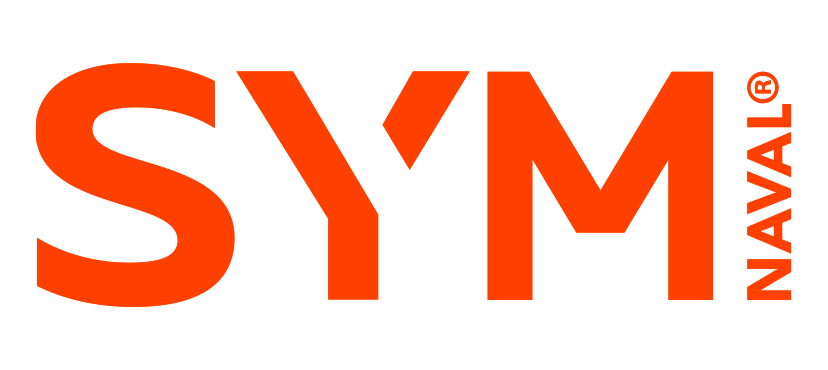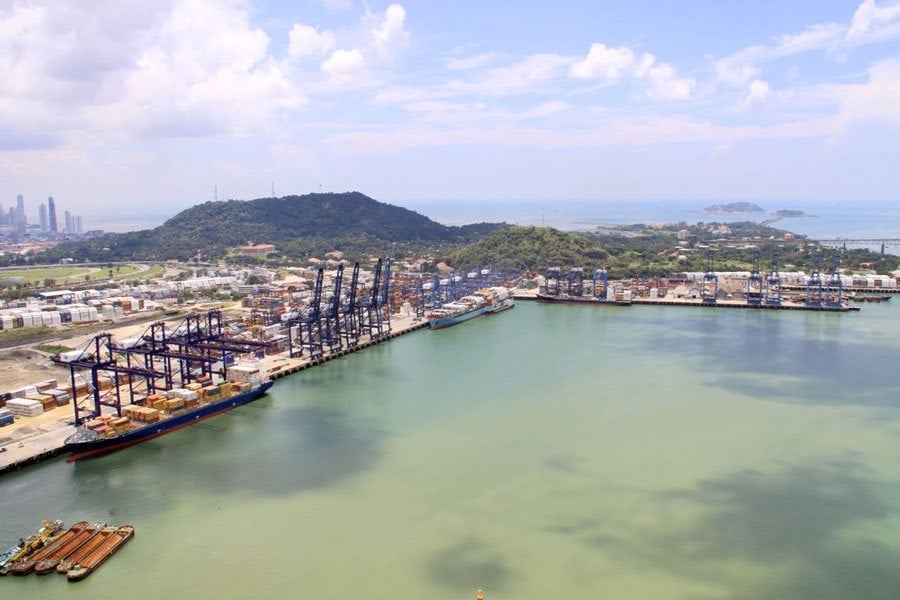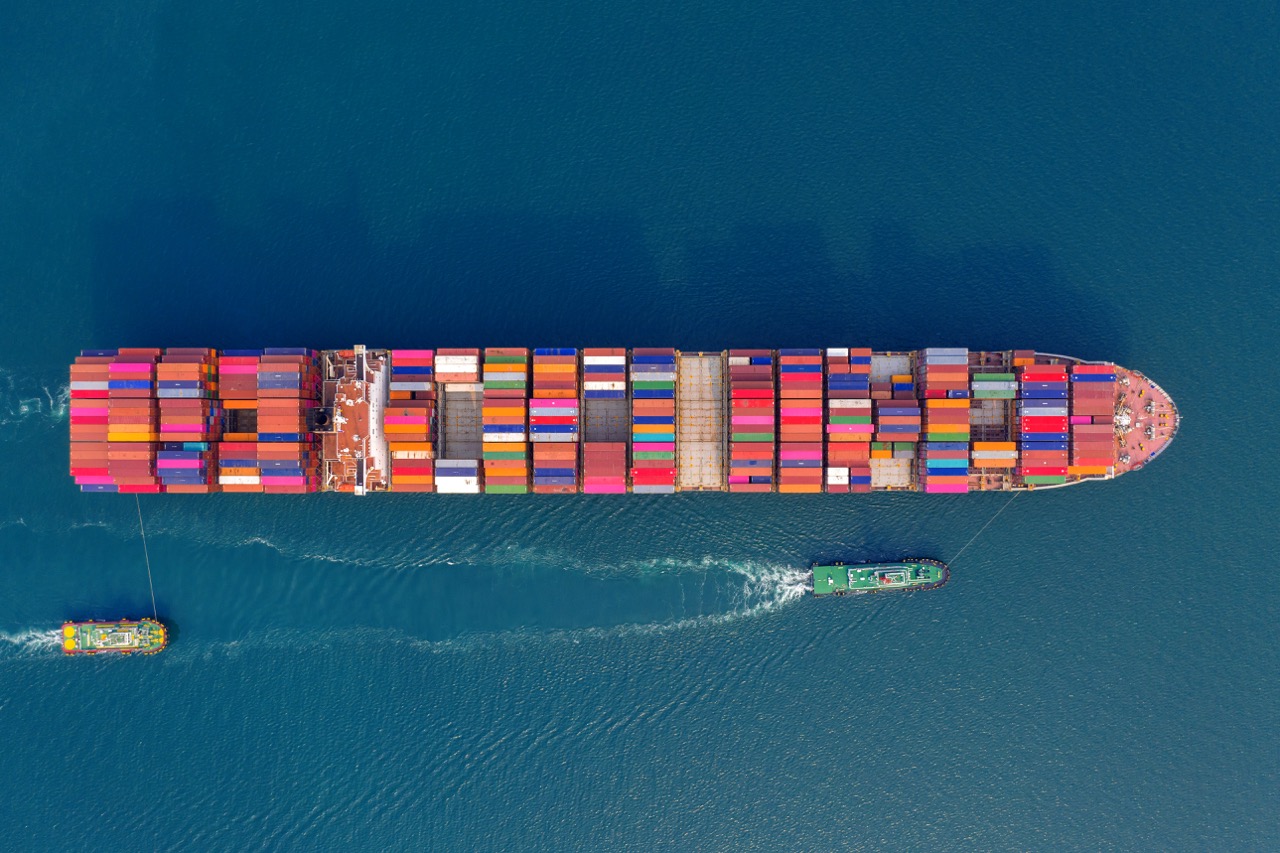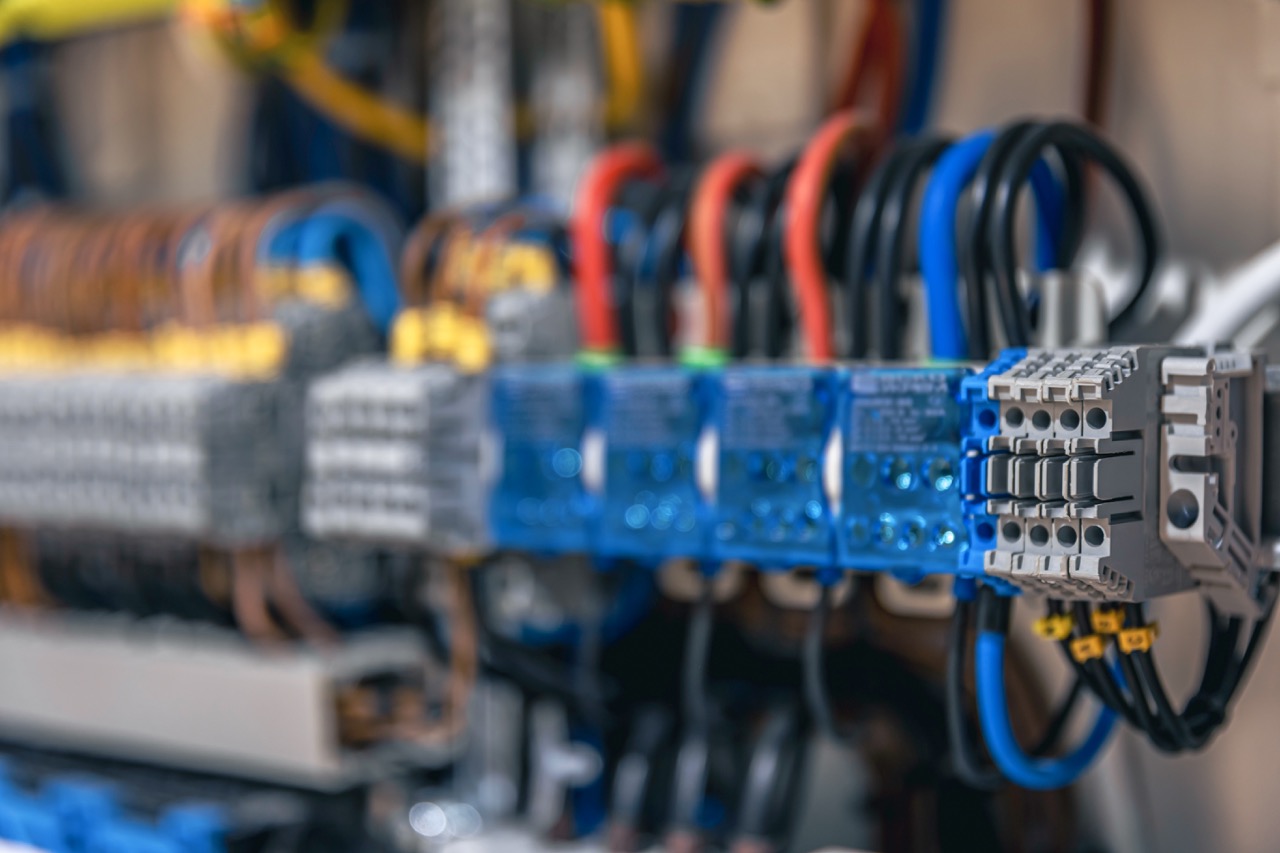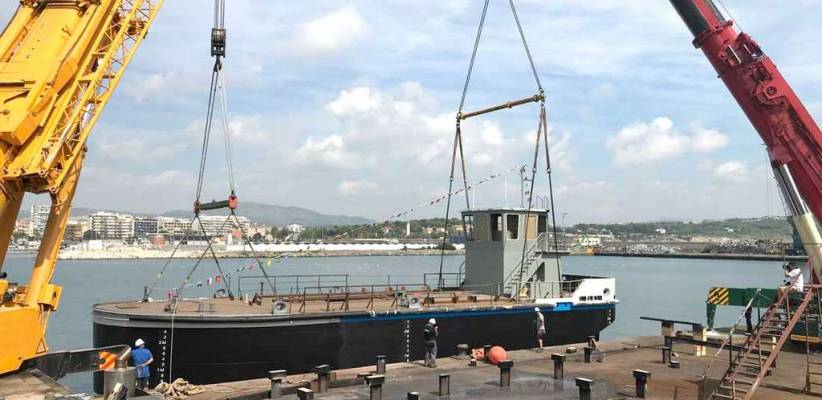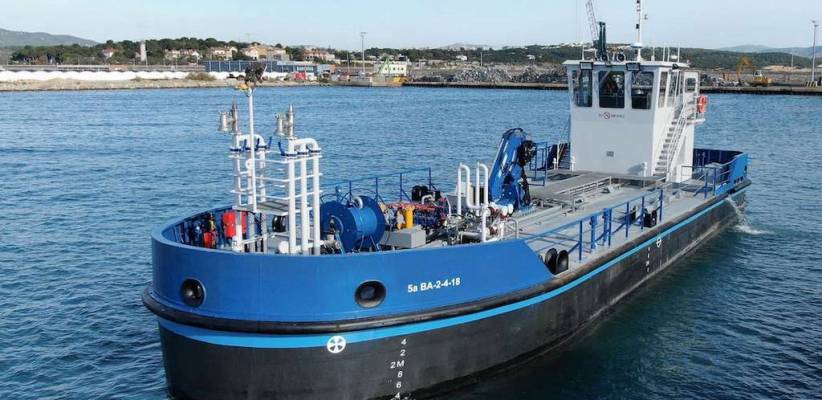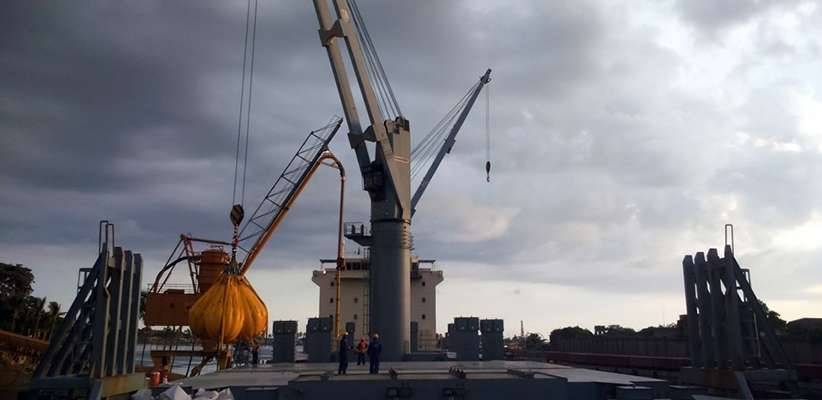Maintaining the structural integrity of a vessel’s hull is an operational requirement, not an aesthetic concern. The hull and its structure work under cyclic loads, vibration, impacts and a permanently corrosive environment. When degradation appears—corrosion, cracks, deformation or loss of protection—the impact is not only technical: risk increases, efficiency drops, consumption rises and, in the worst case, vessel availability is compromised. For that reason, an effective approach combines inspection, diagnosis and repair execution with planning that minimises off-hire and supports ongoing class and regulatory compliance.
Common hull and structural issues and how they are addressed
Hull and structural problems often follow well-known patterns. Identifying them early helps decide whether to contain, repair afloat, or schedule steel renewal within a broader maintenance window. In summary, the most common are:
- Corrosion: driven by the interaction of steel with the marine environment and the electrochemistry of the material. It is managed through inspection, coating restoration, sacrificial anodes (zinc/aluminium) and, where appropriate, impressed current cathodic protection systems.
- Fatigue cracking: linked to load cycles, stress concentrations (especially at welds), vibration or heavy seas. Repair requires proper edge preparation, qualified welding under approved procedures, quality control and, in some cases, local reinforcement or redesign to reduce recurrence.
- Impact damage: dents, cuts or perforations caused by contact with berths, other vessels, submerged objects, floating debris or groundings. Solutions range from fairing and local steel renewal to replacement of plates and structural members. Below the waterline, options may include cofferdams (temporary watertight enclosures) or certified underwater welding, depending on scope and risk.
- Biofouling: marine growth that increases drag and fuel consumption and can conceal underlying defects. Mitigation combines hull cleaning and antifouling coatings, increasingly supported by ROVs and robotic solutions for inspection and traceability.
- Structural deformation: buckling, corrugation or distortion due to excessive loads, poor weight distribution or impacts. It requires structural assessment, correction of root causes and steel renewal or straightening as appropriate.
The repair method depends on the type of damage, its extent, accessibility and the operational window available. In many cases, a well-planned port or afloat intervention prevents a minor issue from becoming a major off-hire event.

Modern repair techniques: control, quality and reduced downtime
Modern structural repair goes far beyond “patching.” When the objective is to reduce time out of service without compromising quality, execution relies on methodologies and techniques that improve predictability. Afloat repair is a clear example: it enables inspection and certain interventions without entering dry dock, provided the scope is compatible with safety and quality control requirements. This approach is especially useful for containment, local steel renewals, above-waterline works and selected underwater tasks supported by divers or ROVs. At SYM, these interventions are structured within afloat ship repair programmes, and can also be organised as in-navigation repairs when the vessel must maintain schedule and reduce diversions.
In parallel, welding and cutting have evolved into more controlled and efficient processes. For larger-scale steel renewals, automation improves consistency, reduces variability and accelerates execution. Precision cutting guided by inspection data and measurement enables accurate removal of damaged material and proper preparation for new inserts with the right tolerances. For specific damage or local reinforcement, composite materials (fibre-reinforced polymers) can be a practical solution—high strength-to-weight ratio and good corrosion resistance—provided suitability is properly assessed and application follows procedure.
When scope is extensive—structural modifications, conversions or system integrations—prefabrication and modular repair significantly reduce time out of service. Advanced metrology and 3D modelling support accurate module fabrication, reducing rework and improving installation predictability. In complex cases, diagnosis is supported by engineering tools such as finite element analysis (FEA), which helps simulate stresses, identify critical areas and validate the effectiveness of reinforcements and proposed renewals. Combined with operational data and inspection history, this approach supports more proactive decisions and reduces unexpected findings.
Inspections: when to schedule them and how to turn data into decisions
Hull inspection should not be treated as a one-off event, but as a system. Beyond routine checks, there are clear triggers that help structure a coherent plan that can be defended to class, insurers and authorities:
- Routine: visual checks in port and during calls to identify impacts, coating loss, deformation or excessive marine growth. Underwater areas require divers or ROV support.
- Periodic (in-water / dry dock): aligned with classification society requirements and the owner’s maintenance strategy. In-water surveys via divers/ROV; dry dock for full access, detailed measurements, extensive renewals and full coating campaigns.
- Post-incident: after groundings, collisions or severe weather, with rapid assessment to decide containment or immediate repair.
- Condition-based (CBM): when data (thickness measurements, corrosion trends, repeated findings, performance) indicates a real need for intervention.
- Regulatory compliance: to maintain class certification and meet applicable frameworks (e.g., SOLAS and IMO guidance related to biofouling and maintenance practices).
Dry dock remains the appropriate environment when scope requires full control and extensive execution. At SYM, these projects are delivered through dry docking services when required by the technical scope. And when hull repairs form part of a broader package—structural upgrades, reinforcements, integrations or modifications—they are best managed as a single coordinated project; in those cases, the natural framework is within ship conversion programmes, where technical planning reduces rework and protects vessel availability.
